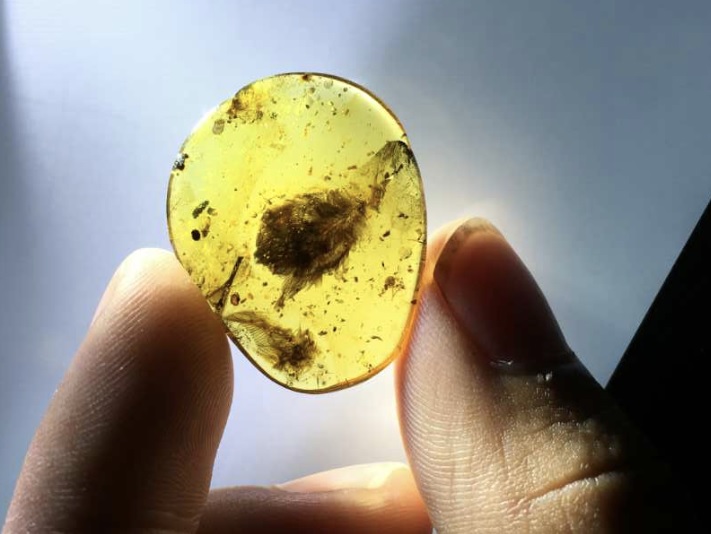On the island of Palawan in the Philippines, a cave has yielded reams of ancient artifacts, including thousands of stone tools. No traces of hewn trees or stripped bark or carved meat remain to hint at what the tools may have been used for. But they do bear signs of wear and tear, prehistoric marks from the tasks they once aided.
To archaeologist Hermine Xhauflair and her colleagues, these marks can serve as fingerprints, identifying the ways past humans used the tools. For help deciphering these fingerprints, Xhauflair’s team turned to the Indigenous Pala’wan people, who live near the site where the artifacts were discovered and share a deep ancestral knowledge of how to process natural resources on the island.
“I wanted to learn from the experts of the forest,” says Xhauflair, of the University of the Philippines Diliman.
Thanks to that collaboration, some of the oldest evidence of fiber making in the tropics now goes back to 39,000 years, the researchers report June 30 in PLOS ONE. Access to fiber technologies may have opened up all sorts of possibilities for nets, traps and boats, the scientists speculate (SN: 8/28/19).
One of the first steps in the study involved securing an introduction to the Pala’wan. Xhauflair presented her research plan to the councils of elders of several villages. The councils granted her and her colleagues permission to live with Pala’wan communities for three months and record craftspeople as they used tools for various tasks, including processing plant-based fibers.
After dissecting the techniques and identifying the 95 plant species that Pala’wan artisans were recorded using, the researchers built and tested a set of 16 stone tools that resemble those from the cave.
Xhauflair emulated Pala’wan techniques to strip and pull apart layers of plants such as bamboo and palm to make strong, flexible strips and other fibers. Many of the plants and techniques left distinct notches and striations on tool surfaces. Comparing the markings with those on the artifacts revealed striking similarities, which suggests that the ancient tools had been used in fiber making too.
Remnants of ancient fibers are particularly rare, since the plant materials used to make them tend to decay quickly in the wet, humid tropics. The oldest evidence for fiber making anywhere in the world goes back roughly 120,000 years in Israel.
“The incorporation of Indigenous knowledge and many tool-use experiments on a wide range of fibrous plants give confidence” in the new findings, says archaeologist Richard Fullagar of Flinders University in Adelaide, Australia, who wasn’t involved in the study. “The evidence for cutting fibrous plant parts is strong.”
The likenesses of the markings on the ancient tools to those made using Pala’wan techniques suggest that similar techniques have been used for at least 39,000 years. Whether such techniques have been passed down continuously over generations, or they disappeared and then were relearned, independently, later remains a mystery.














